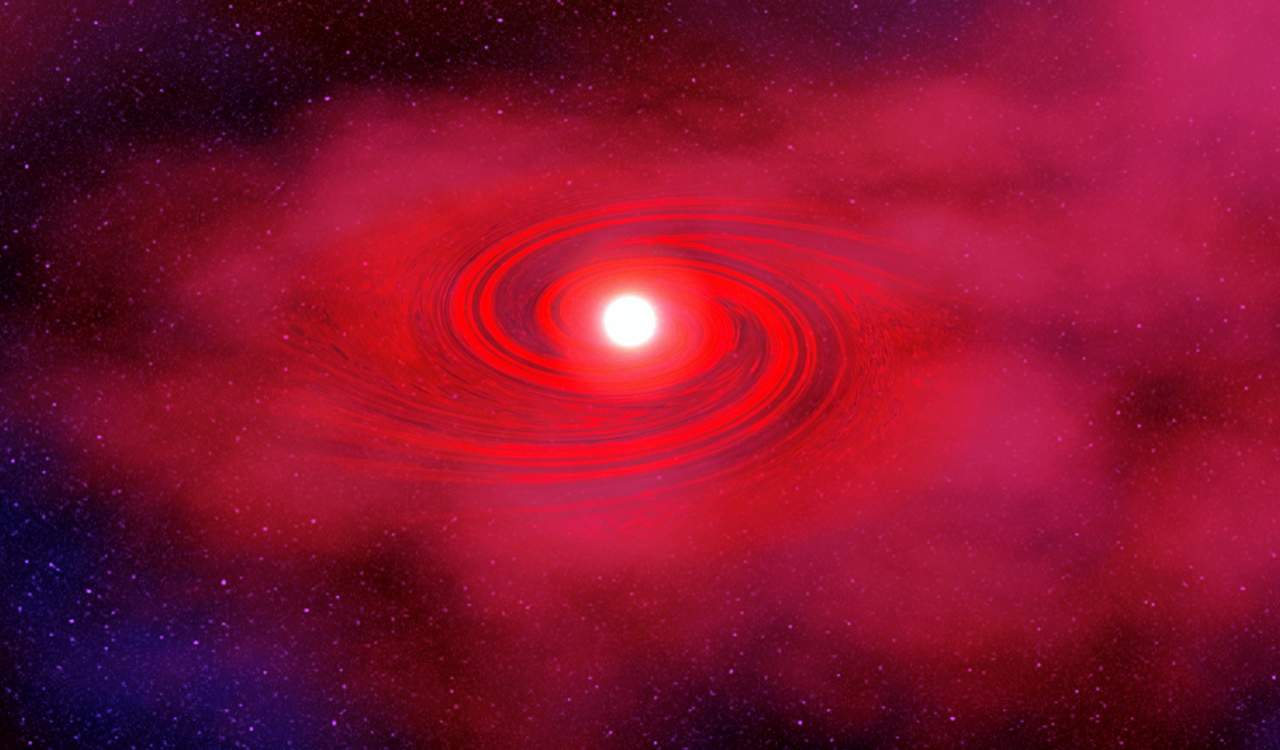“Space, the final frontier.” The infamous line from Star Trek is very appropriate here, as there is so much about space that we do not know. Sort of like how North America was for the Europeans centuries ago or the oceans of today, there is so much we do not know about outer space. Luckily, we are getting a grasp on how stars in our universe work currently. Yet there are some stars we know very little about. Meanwhile, there are even stars that are theoretical in nature but very possible to see one day. Of course, that might be millions to billions of years from now that some of those could be seen.
Currently, we use a Star Class System that is based on the temperature a star happens to be for classification. People often assume it is based on color but this is just a byproduct of a star’s temperature. It is based on the Kelvin temp chart, with the hottest rating from 33,000K and up to the lowest at 3,000K and under. The Class System runs as so: O, B, A, F, G, K, and M. This will be important to remember, as we will bring up Star Classes a lot. That said, let’s get started on this breakdown of (mostly) all the types of stars in our universe!
Protostars

Lifespan: Unknown
Class: Undetermined
Protostars are young stars in the beginning stages of becoming full-fledged stars. They are often still in formation, gathering mass from their parent’s molecular cloud. Due to this being the earliest phase known of stellar evolution, it is not usually known what comes beforehand. Star formation can take a long time, but in universal terms, it can be about as long as the formation of a human child in its mother’s womb. For low-mass stars like our Sun, formation takes roughly 500,000 years.
Larger stars will take longer to develop. The process of development usually begins when a molecular cloud fragment collapses under the force of its own gravity. From here a darkened, pressure-supported core will form inside this collapsing fragment. A molecular gas build-up will take place, then once all the gas that can enter is completely gone, it moves from a Protostar to something known as a T Tauri star or Pro-Main-Sequence star.
